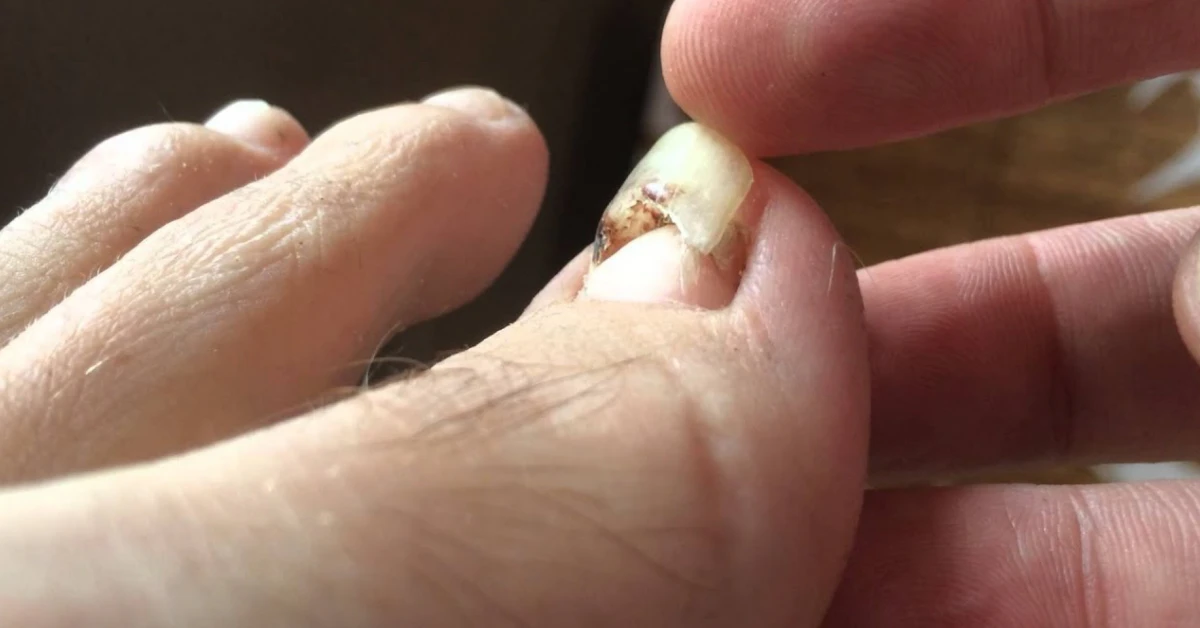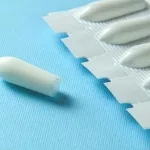Yeah. It happened.
Your toenail just… came off. Or maybe it’s halfway there — dangling like a loose thread on your favorite shirt. You pull off your sock and there it is. Sitting in the fabric. Or worse — stuck to the cotton, like a weird little badge of honor you didn’t ask for.
It’s gross. It’s weird. And honestly? Kind of freaky.
But take a breath. You’re not alone. This happens to way more people than you think. And no, you don’t need to panic. But you do need to know what to do next — because your toe is exposed now, and if you don’t treat it right, things could get messy.
So let’s talk about it — like two friends sitting on the couch with a cup of coffee. No scary medical jargon. No cold, robotic advice. Just real talk about why your toenail fell off, how to care for it, and what to expect while it grows back.
First Things First
Okay, here’s the hard truth: your old toenail isn’t coming back. Nope. Once it’s gone, it’s gone. But here’s the good news — a new one will grow in its place… if you give it the chance.
Now, I know what you’re thinking: “How long is that gonna take?”
Well… toenails are slow. Like, painfully slow. We’re talking anywhere from six months to two years for a full regrowth. According to a 2022 article on Healthgrades, the average is about 18 months. So yeah — it’s a waiting game.
But the good news? Most of the time, this isn’t an emergency. Just an ouchy, awkward phase your foot has to go through.
What to Do Now

If your toenail just fell off — or it’s still hanging on by a thread — don’t panic. But do act.
Here’s what you should do right now:
- Don’t rip it off. I know it’s tempting. But pulling it can hurt the nail bed and increase the risk of infection.
- Trim it carefully. If part of the nail is still attached but loose, use clean, sterile nail clippers to snip it off. File down any sharp edges so it doesn’t catch on your socks.
- Clean the area. Gently wash your toe with mild soap and water. Pat it dry — don’t rub.
- Apply antibiotic ointment. A little dab of Neosporin or similar helps prevent infection.
- Bandage it. Cover the exposed nail bed with a non-stick bandage. Change it daily, or more if it gets wet or dirty.
- Elevate and soak. If it’s swollen or tender, elevate your foot. Soak the toe in cold water for 20 minutes to reduce pain and inflammation.
Simple, right? The goal here is protection. That nail bed is delicate now — like a freshly scraped knee. Treat it with care.
Why Did This Happen?
Let’s get real — toenails don’t just fall off for no reason. Something caused it. And knowing what that “something” is can help you prevent it from happening again.
Here are the big three culprits:
Trauma Strikes
This is the most common reason. You stubbed your toe. Dropped something on your foot. Wore shoes that were too tight. Maybe you didn’t even notice the injury at first — but over time, pressure built up, and the nail started to lift.
If your toenail turned black or purple before it fell off? That’s a classic sign of a bruised toenail — also called a subungual hematoma. Blood pooled under the nail, creating pressure until it just… let go.
According to a 2022 article on Healthgrades, if the bruise covers more than 25% of the nail, it’s a good idea to see a doctor. They can safely drain the blood with a tiny hole — don’t try this at home!
Running Took a Toll
If you’re a runner, hiker, or just someone who’s on their feet a lot, you might’ve heard of “runner’s toe.” It’s not a myth. It’s real. And it’s basically repeated micro-trauma from your toes hitting the front of your shoe.
Especially if your shoes are even slightly too tight — every step pushes your toes forward. Over time, that constant pressure can damage the nail bed and cause the toenail to fall off.
I had a friend who lost her big toenail after a half-marathon. She didn’t even realize it until she got home and saw it in her sock. “It was like, ‘Oh. Huh. That’s gone.’”
So if you’re asking, “Can toenail falling off from running happen?” — yes. Absolutely. And the big toenail is the most common victim.
Fungus Was Lurking
Now, this one’s sneaky. Fungal infections don’t always announce themselves. They start small — a yellow streak, a little thickening, maybe a weird smell.
But over time, the fungus eats away at the connection between your nail and the nail bed. Eventually, the nail separates. And one day — poof — it’s gone.
This is called onychomycosis, and it’s more common than you think. According to the Foot & Ankle Institute, warm, moist environments (like sweaty shoes) are a fungus’s dream home.
If you’ve been ignoring that discolored nail for months, this might be why it finally gave up.
➤ Got Fungus? Check out Home Remedies for Athlete’s Foot That Actually Work.
Other Causes
It’s not always trauma or fungus. Sometimes, other things are at play:
- Psoriasis: This skin condition can affect nails too, causing them to lift and crumble.
- Diabetes: Poor circulation and nerve damage can make toenail issues more common and more serious.
- Medications: Some drugs, like chemotherapy or certain acne treatments, can weaken nails.
- Illness or stress: Severe illness or emotional stress can trigger nail shedding.
If you keep losing toenails and can’t figure out why, it might be worth talking to your doctor. There could be an underlying condition at play.
How Long to Heal?
Let’s talk about the big question: “When will my toenail grow back?”
Like I said — it takes time. Toenails grow slower than fingernails. Here’s a rough timeline:
| Cause | Regrowth Time |
|---|---|
| Trauma (e.g., stubbed toe) | 6–18 months |
| Fungal infection | 12–24 months (longer if infection wasn’t fully treated) |
| Repetitive trauma (e.g., running) | 9–18 months |
And the new nail might not look perfect at first. It could be thicker, thinner, or have ridges. That’s normal. It’ll even out over time.
Just don’t paint it too soon. Nail polish traps moisture — and if there’s any lingering fungus, that’s the last thing you want.
When to Get Help
Most of the time, you can handle this at home. But there are signs you should see a podiatrist — fast.
Get help if you notice:
- Bleeding that won’t stop
- Pus or foul-smelling discharge
- Increasing pain or redness
- Swelling that spreads up your foot
- Fever (this could mean a serious infection)
- It keeps happening — like, more than once or on multiple toes
According to Dr. Jeffrey Lamour, DPM, recurring nail loss or signs of infection mean it’s time to see a professional. They can diagnose the cause, prescribe antifungal meds, or even recommend laser treatment for stubborn fungus.
How to Prevent It
Want to avoid this whole mess in the future? Here’s what works:
- Wear properly fitted shoes. Leave a thumb’s width at the front.
- Trim nails straight across. Don’t round the corners — that can lead to ingrown nails.
- Keep feet dry. Change socks if they get sweaty. Use moisture-wicking materials.
- Disinfect your clippers. A quick wipe with alcohol goes a long way.
- Avoid walking barefoot in gyms, pools, or locker rooms. Fungus loves those places.
- Don’t hide discolored nails under polish. Let them breathe — and get them checked.
Small habits make a big difference. Your feet carry you every single day. They deserve a little love.
You’ve Got This
Look, losing a toenail is weird. It’s gross. It feels dramatic.
But it’s also fixable. Your body knows how to heal — you just have to give it the tools.
So clean it. Protect it. Watch for red flags. And be patient.
That new nail is growing — even if you can’t see it yet.
And hey — if you’ve been through this before, or you’re in the middle of it now, I’d love to hear your story. What worked for you? What didn’t? Drop a comment if you feel like sharing.
Because sometimes, the best medicine is just knowing you’re not alone.


















Leave a Reply
You must be logged in to post a comment.